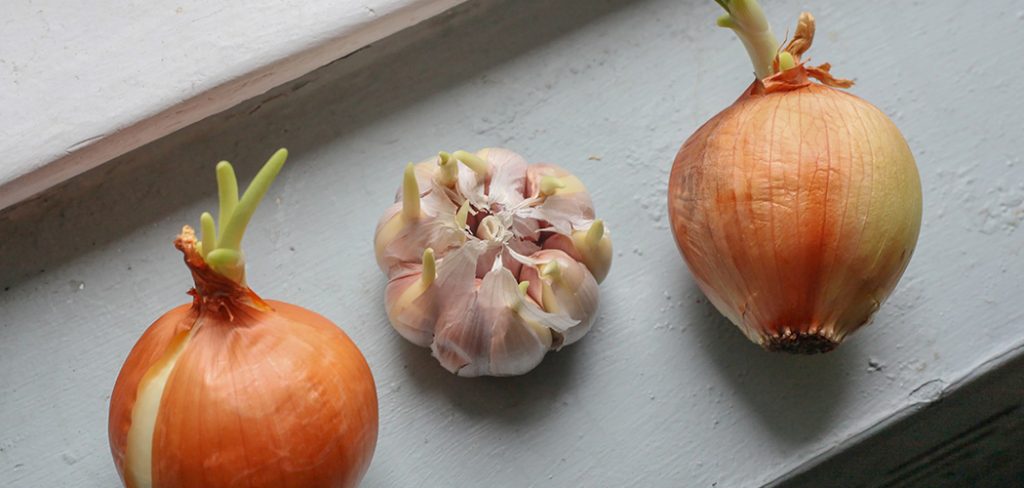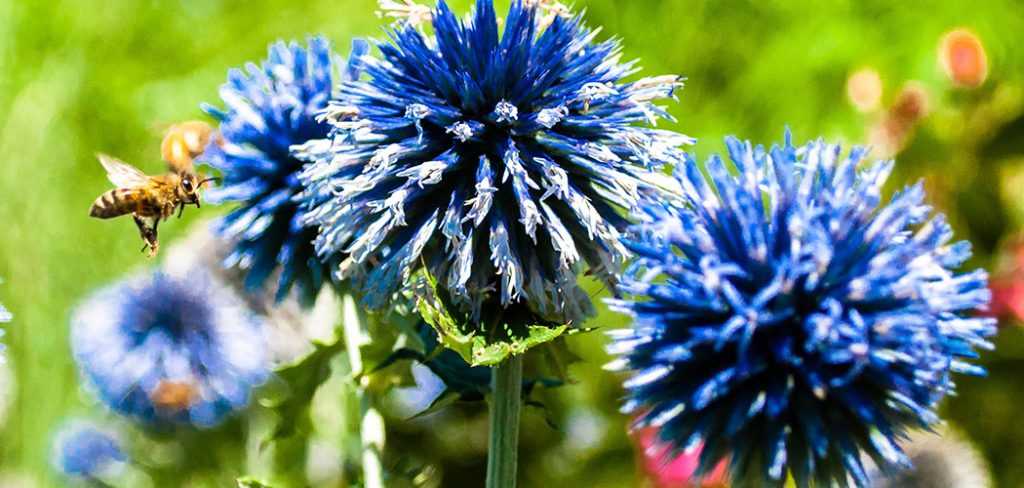A warm-season annual, looking forward to corn in the summer, is one of the pleasures many can’t wait to experience. Starting out with young corn plants that are sturdy and vital will guarantee to begin your journey to a bumper harvest. Growing corn is not as complicated many people would presume, and the requirements are things you can follow easily.
In addition to this, knowing how long your corn takes to fully mature is as essential as starting out. It takes a couple of weeks in certain seasons with certain conditions that, when followed, your cornfield will be looking lovely by the time it reaches the harvesting period. This article will focus on the growing process as well as the time it takes corn to fully mature. But first, we must understand the organic process. Stick around to find out.
All about Corn: Growing Corn from the Seedlings
The grass family is a broad one, in which corn is a proud member of. These crops can grow to a height of 12 feet, forming a maximum of two ears in every stalk, at the top of each stem, flowering tassels form, which releases pollen into the glossygrowing threads from each ear. The silks are connected to unfertilized kernels, and a single ear is capable of forming many kernels in equal measure as the number of silks to be pollinated.
Sweet corn kernels have a variety of colors ranging from white, black, red, or even yellow. A large corn assortmentcan form a single or double the harvestable ears on a single stalk. A dwarfrange, conversely, is capable of creating 2-3 ears in a single stem. The stalk forms a cob if pollination fails to occur.
Corn does well in soil with proper drainage, and well worked on with a pH of about 6.3. aged compost is good for the planting area and should be added in the autumn season before you begin planting.
An annual, warm-season plant, corn is planted 2 to 3 weeks with the soil temperatures of about 15.5oC. In addition to this, planting is done immediately after the last frost in spring. It takes roughly 80 frost-free days for the corn to be mature enough for harvesting. This hugely depends on the variety of corn that is planted plus the amount of heat the corn will be experiencing during the growing season.
Tips
The optimum air temperature for growing corn ranges from 15-35oC. Germination will not take place if corn is planted in cold and damp soil, which usually takes place in 10-14 days at a temperature of about 24oC. You should start growing corn indoors; this should be done 2-3 weeks in spring just before the last frost. For the process of transplanting, ensure you do this about 3 weeks followingthe last frost. You can also take advantage of longer seasons by planting crops every 2-3 weeks in succession.
When growing your corn, ensure that there is enough spacing, since these crops require lots of it. Corn requires a lot of space because they consume a lot of nutrition straight for the soil, and the primary agent of pollination is wind. And to ensure that the silks receive the pollen, the corn should be grown in short, blocked rows instead of long, single rows.
Growth fo corn is rapidly fast, and a lot of water is required for proper growth. It has shallowroots making corn vulnerable to drought. Soaker hoses will come in handy for providing your corn with a constant supply of water it requires if it is a small planting.
Harvesting Corn
It takes 60-100 days for corn to reach maturity and ready for harvesting. This, of course, depends on the variety that is being grown as well as the weather condition. When the ears turn color to dark green, this indicates they are ready to be harvested. Also, the silk will turn brown and become dry and ensure that the kernels are plumpy. To check this, expose the ear just enough for you to be able to poke the core using your fingernail. When it bleeds a milky juice, then it is ready for harvesting; if not and the liquid is clear, then it’s not yet time.
When harvesting corn, it is advisable that you do it in the morning when the ears are still cold. You should grab the corn by the ear and give it a sharp twist downwards. A single stalk of corn will provide you with 1-2 ears for harvesting. After about 20 days after the appearance of the silks, the collection begins this time, after which the ears should be dipped in cold water for preserving the sweetness.
Conclusion
Corn is a member of the grass family that is widely popular around the world. These crops can grow to a height of 12 feet, forming a maximum of two ears in every stalk. Sweet corn kernels have a variety of colors ranging from white, black, red, or even yellow. A large corn assortmentcan form a single or double the harvestable ears on a single stalk.
When growing corn, ensure that there is enough spacing, since these crops require lots of it. Corn requires a lot of space because they consume a lot of nutrition straight for the soil, and the primary agent of pollination is wind. Growth fo corn is rapidly fast, and a lot of water is required for proper growth. It takes 60-100 days for corn to reach maturity plus ready for harvesting, and this, of course, depends on the variety that is being grown as well as the weather condition.
When harvesting corn, it is advisable that you do it in the morning when the ears are still cool by grabbing the corn by the ear and give it a sharp twist downwards. After this, you will enjoy your fresh produce.
Read my other post on growing corns and hacks for a sustainable farming.

